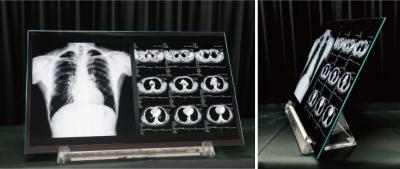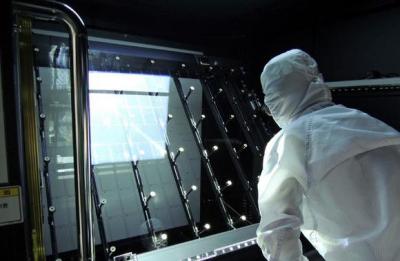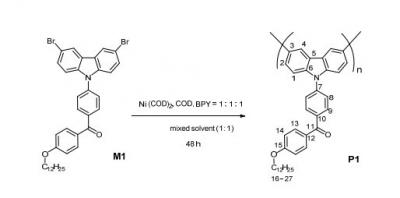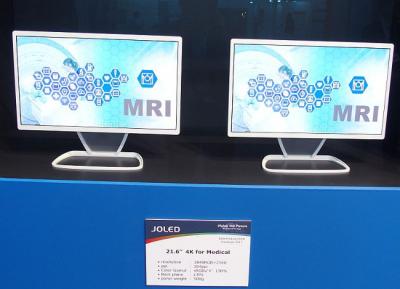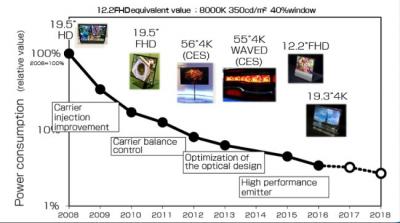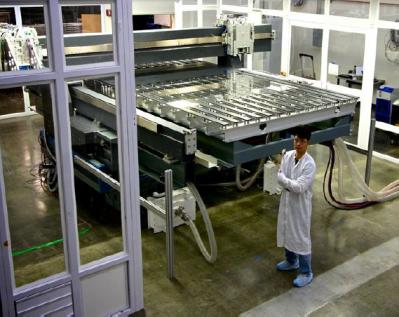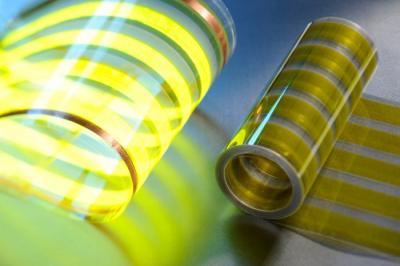Sony, Panasonic and Sumitomo to participate in JOLED's next financing round
A few day go JOLED announced that it started commercial shipments of its 21.6" 4K OLED panels for use in medical monitors, in its low-volume 4.5-Gen ink-jet printing production line.
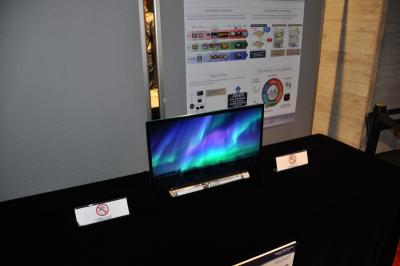
Following JDI's decision to halt its plans to increase its stake at JOLED, the company is now seeking to raise $900 million to support its plan to start mass producing OLEDs in 2019. According to a report from Japan the company has received commitments from Sony and Panasonic and both Sumitomo Chemical (who supplies its PLED materials to JOLED) and Screen Holdings (who supplies its equipment to JOLED) are likely to take part in the financing round as well.


